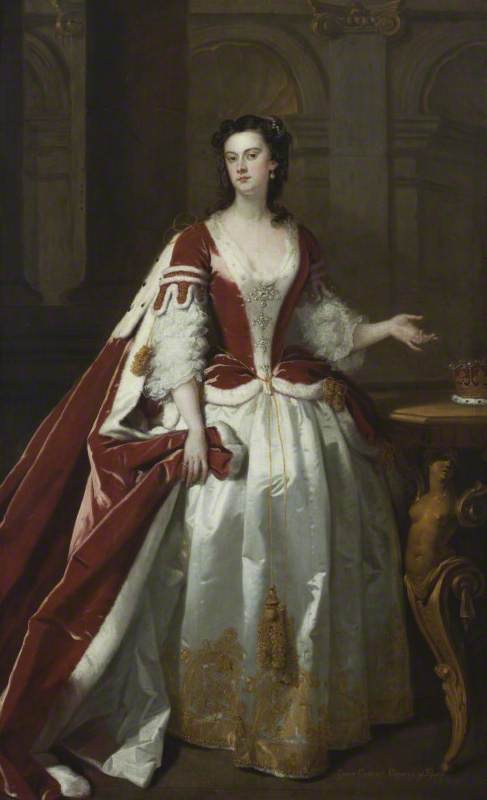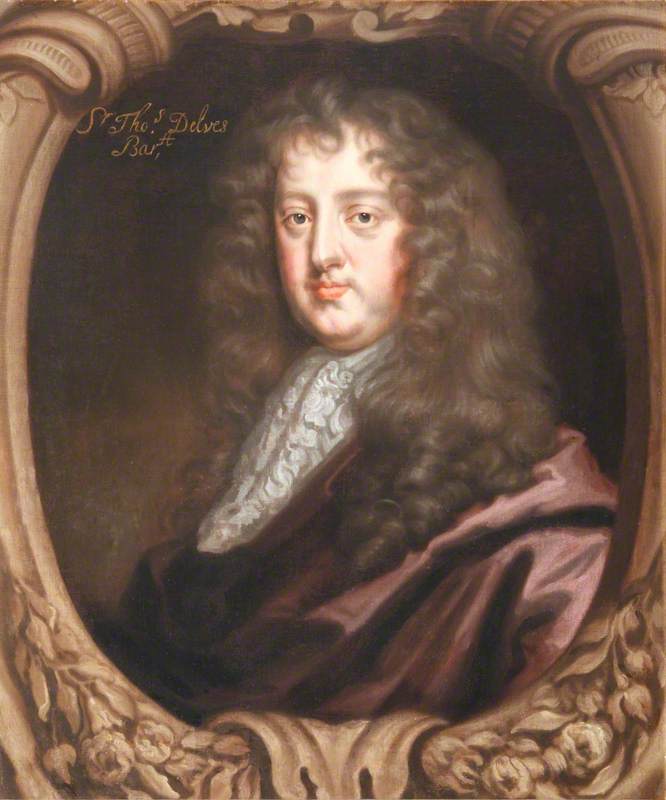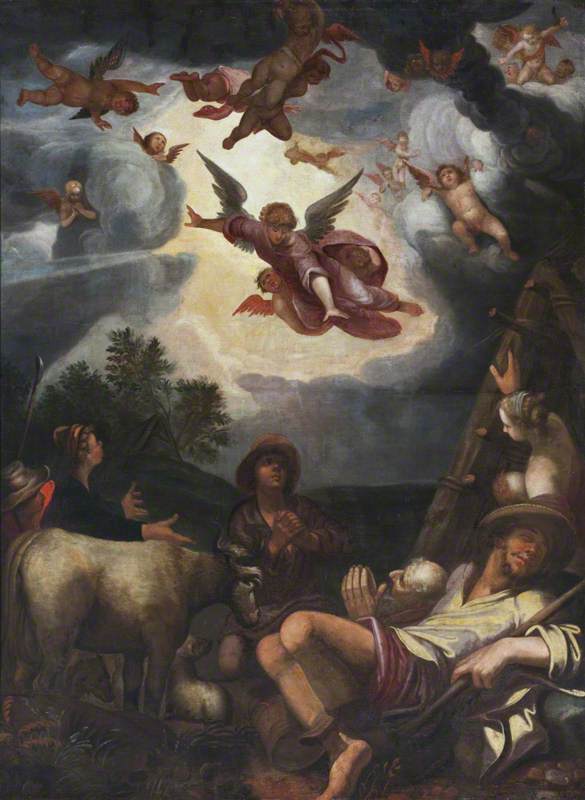
Image credit: National Trust Images/John Hammond

Open to the public
Historic house or home in South West London
188 artworks
Part of National Trust
Plan a visitArtists
-
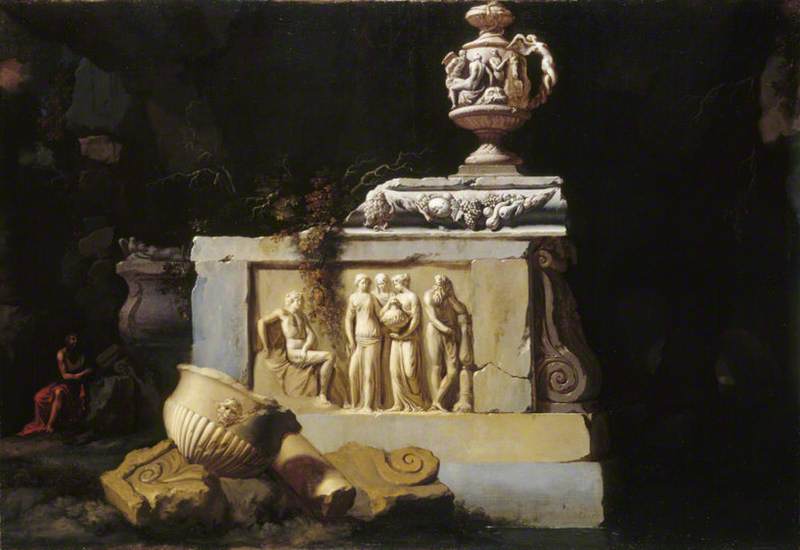 Henry Ferguson (before 1655–1730)
Henry Ferguson (before 1655–1730) -
 John Hoppner (1758–1810)
John Hoppner (1758–1810) -
 Guido Reni (1575–1642)
Guido Reni (1575–1642) -
 Otto van Veen (1556–1629)
Otto van Veen (1556–1629) -
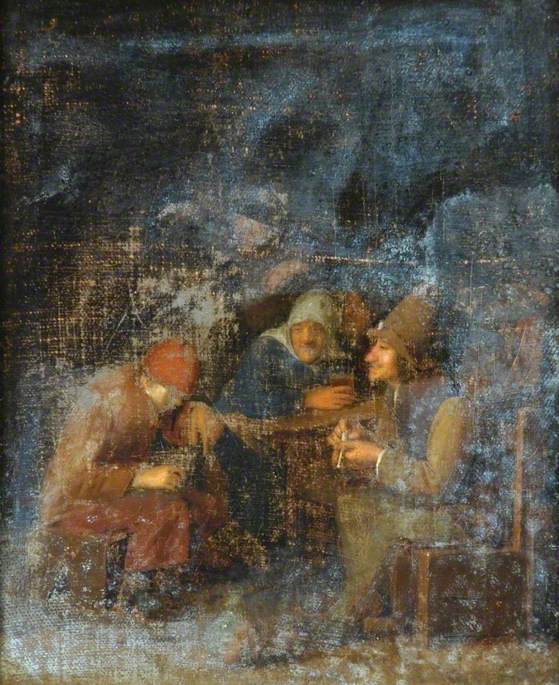 Pieter Harmensz. Verelst (c.1618–c.1678)
Pieter Harmensz. Verelst (c.1618–c.1678) -
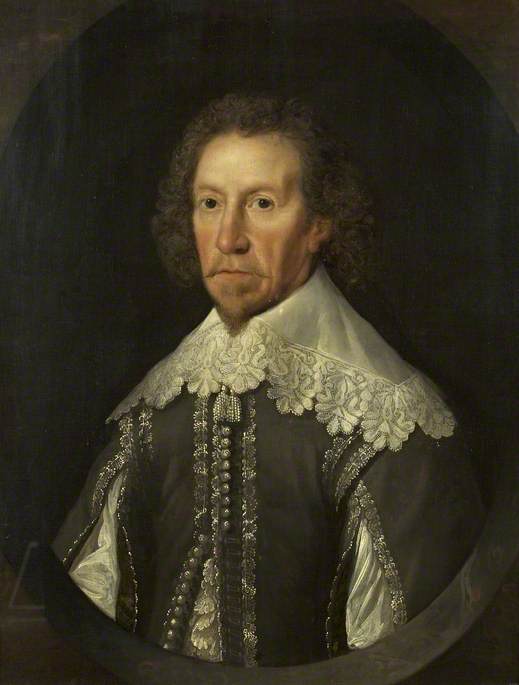 Cornelius Johnson (1593–1661)
Cornelius Johnson (1593–1661) -
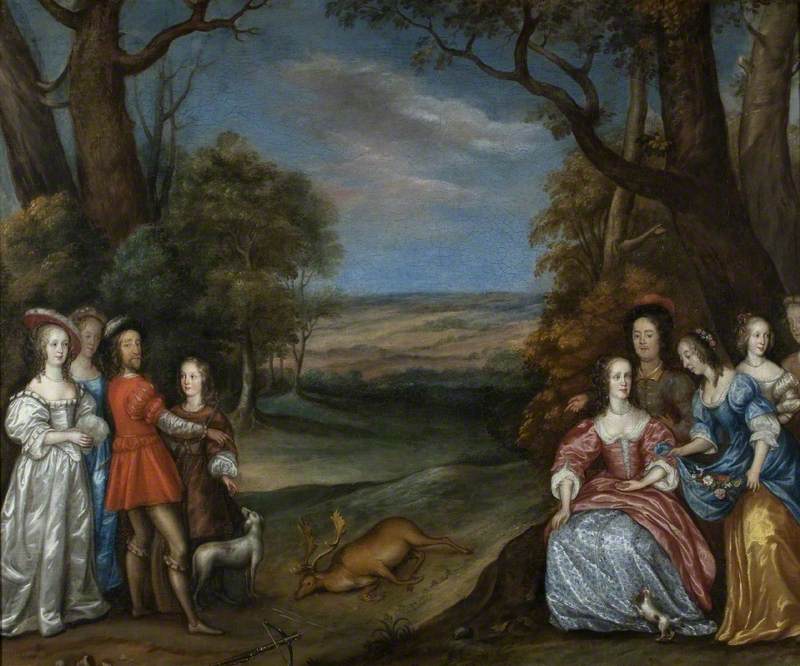 Joan Carlile (1600–1679)
Joan Carlile (1600–1679) -
 Hans Holbein the younger (c.1497–1543)
Hans Holbein the younger (c.1497–1543) -
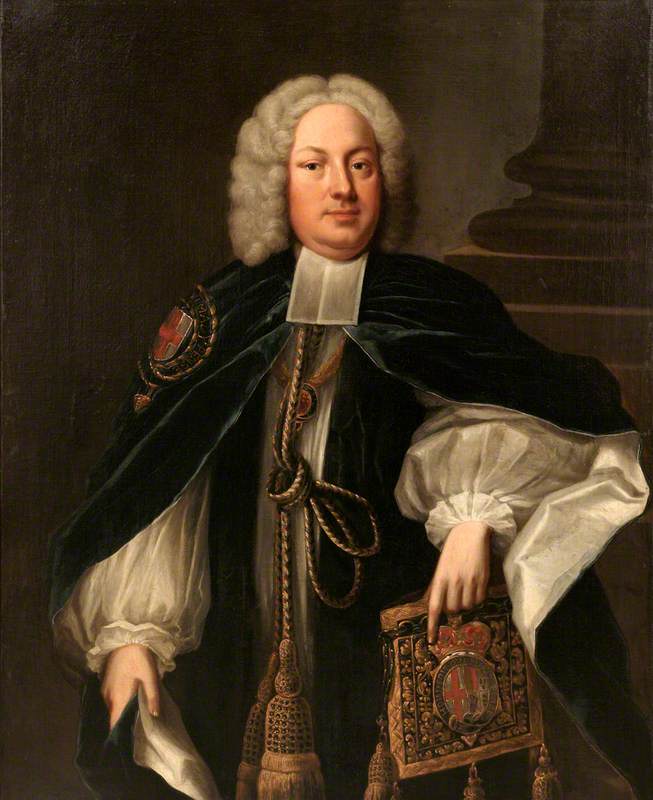 Thomas Hudson (1701–1779)
Thomas Hudson (1701–1779) -
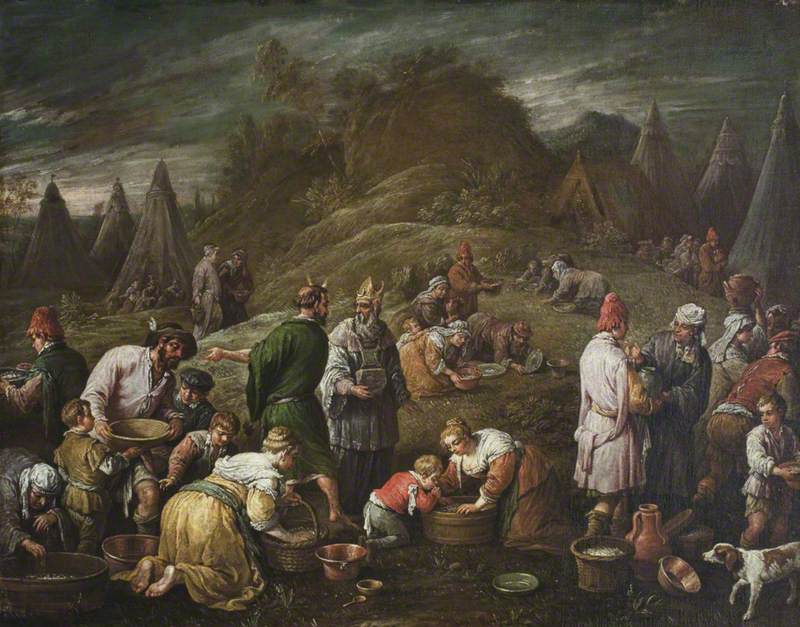 Francesco Bassano II (1549–1592)
Francesco Bassano II (1549–1592)
National Trust, Ham House is part of
National Trust
National Trust artworks can also be found at these venues
More information-
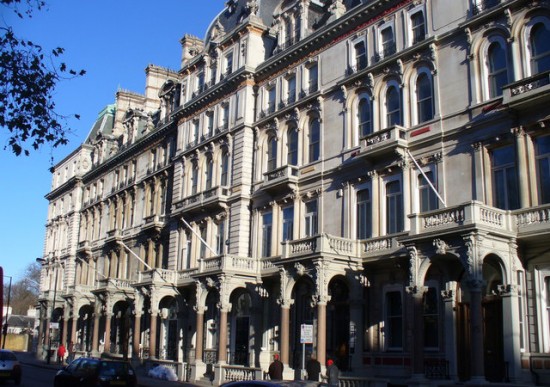 National Trust Collections
National Trust CollectionsLondon
-
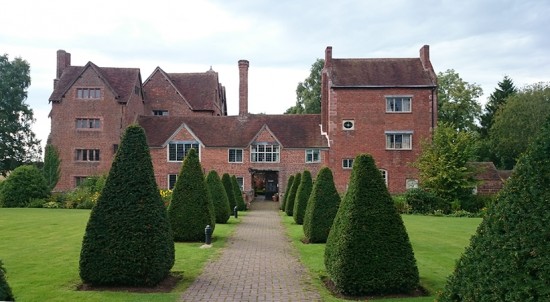 National Trust Collections at Harvington Hall
National Trust Collections at Harvington HallKidderminster
-

-
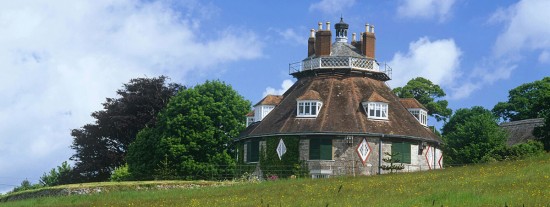 National Trust, A la Ronde
National Trust, A la RondeExmouth
-
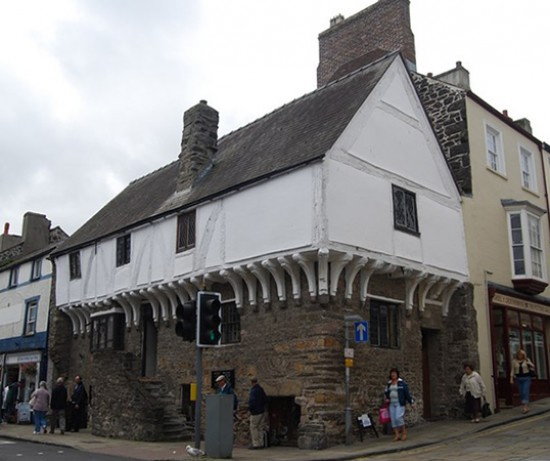
-
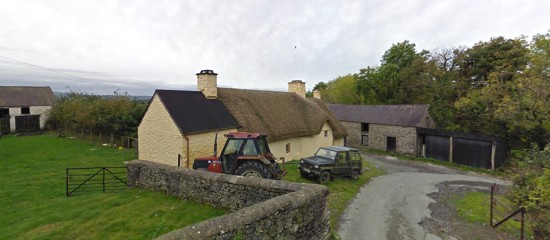 National Trust, Aberdeunant
National Trust, AberdeunantLlandeilo
-
 National Trust, Acorn Bank
National Trust, Acorn Banknear Penrith
-
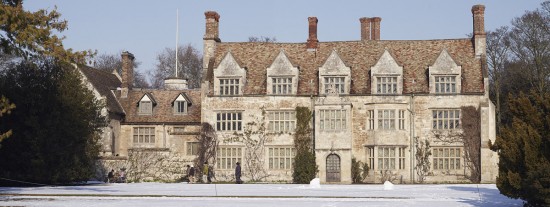 National Trust, Anglesey Abbey
National Trust, Anglesey AbbeyCambridge
-
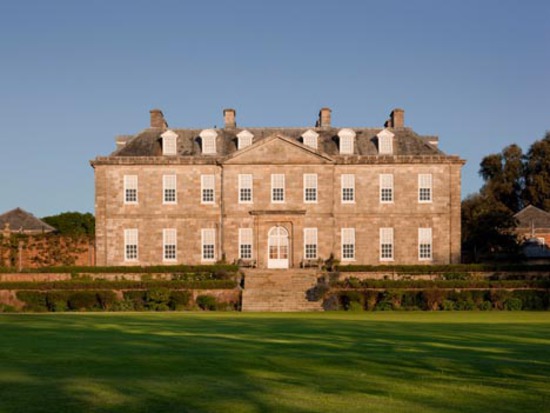 National Trust, Antony
National Trust, AntonyTorpoint
-
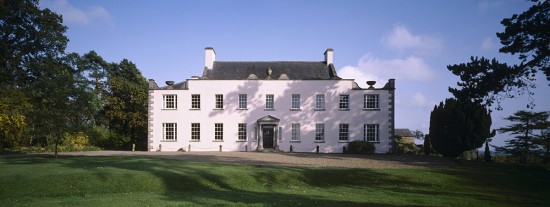 National Trust, Ardress House
National Trust, Ardress HousePortadown
-
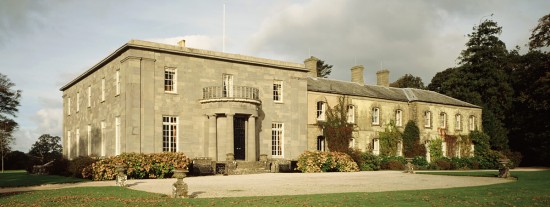
-
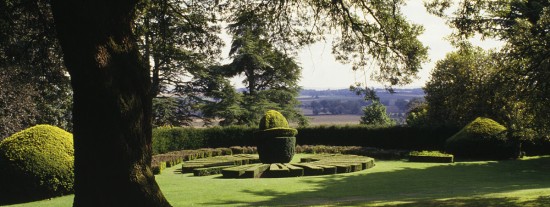 National Trust, Ascott
National Trust, Ascottnear Leighton Buzzard
-
 National Trust, Ashdown House
National Trust, Ashdown HouseNewbury
-
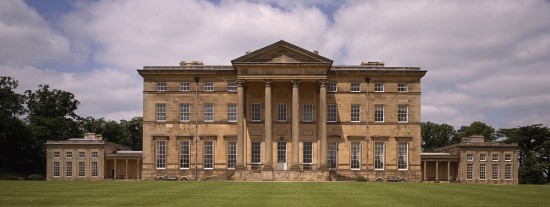 National Trust, Attingham Park
National Trust, Attingham Parknear Shrewsbury
-
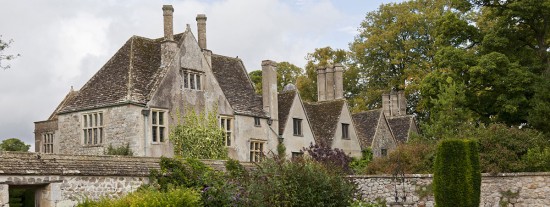 National Trust, Avebury Manor
National Trust, Avebury Manornear Marlborough
-
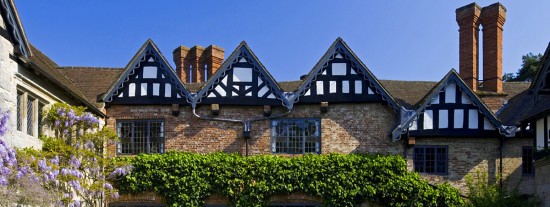 National Trust, Baddesley Clinton
National Trust, Baddesley ClintonBaddesley Clinton
-
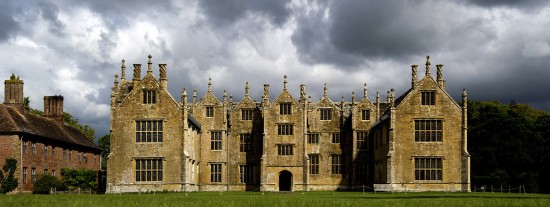 National Trust, Barrington Court
National Trust, Barrington Courtnear Ilminster
-
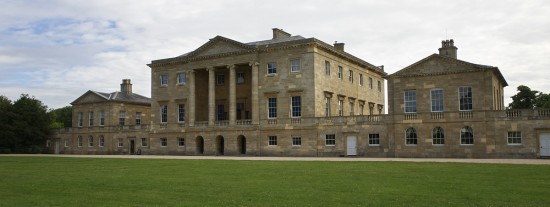 National Trust, Basildon Park
National Trust, Basildon ParkReading
-
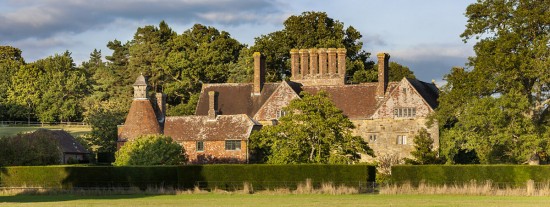
-
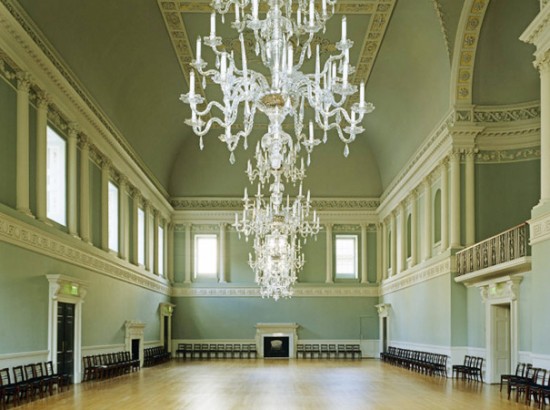
- View all 212
Venues in South West London
-
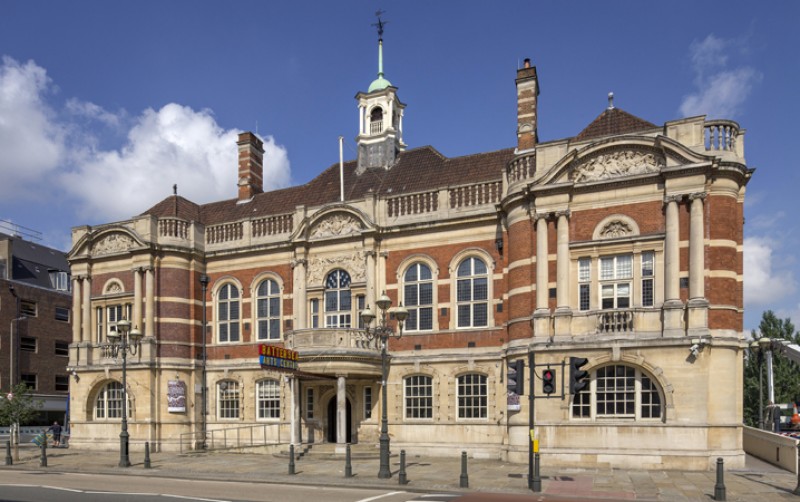 BAC Moving Museum: Wandsworth Collection
BAC Moving Museum: Wandsworth Collection -
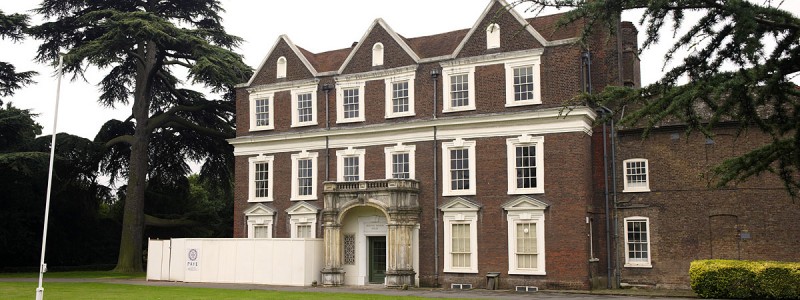 Boston Manor House
Boston Manor House -
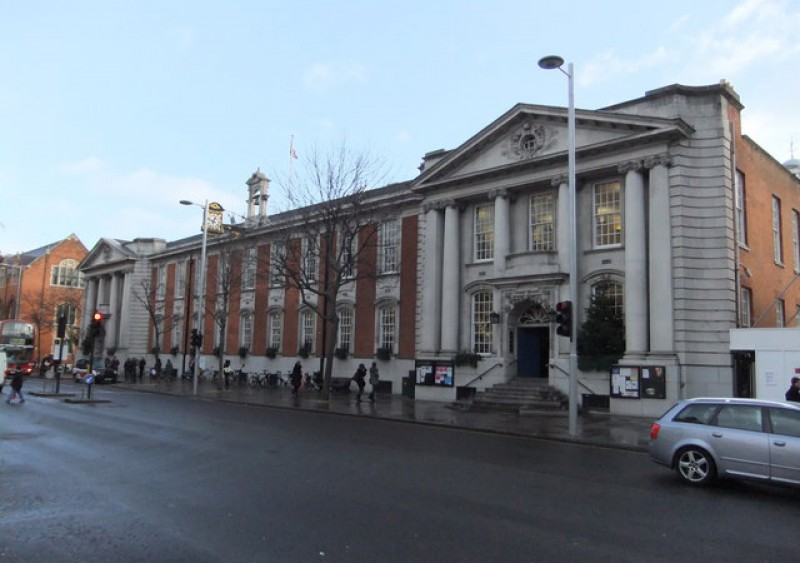 Chelsea Library
Chelsea Library -
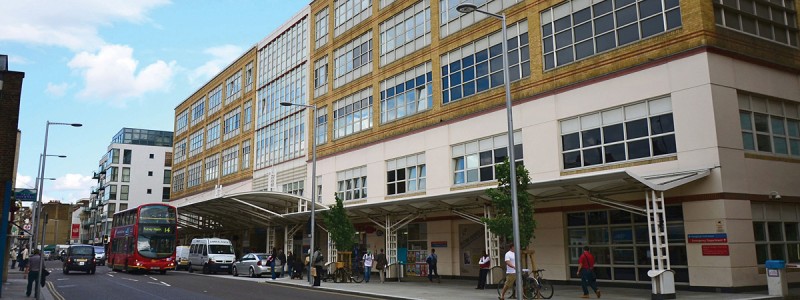 Chelsea and Westminster Hospital
Chelsea and Westminster Hospital -
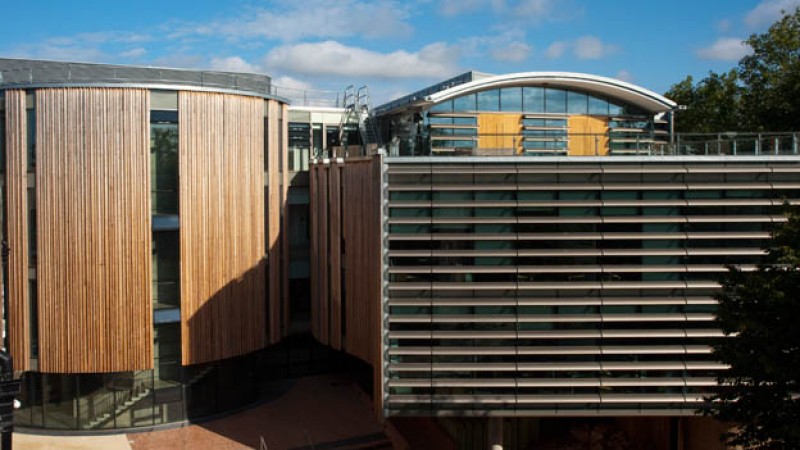 Collection of the Herbarium, Library, Art & Archives, Royal Botanic Gardens, Kew
Collection of the Herbarium, Library, Art & Archives, Royal Botanic Gardens, Kew -
 Croydon University Hospital
Croydon University Hospital -
 Digby Stuart College
Digby Stuart College -
 Dorich House Museum
Dorich House Museum -
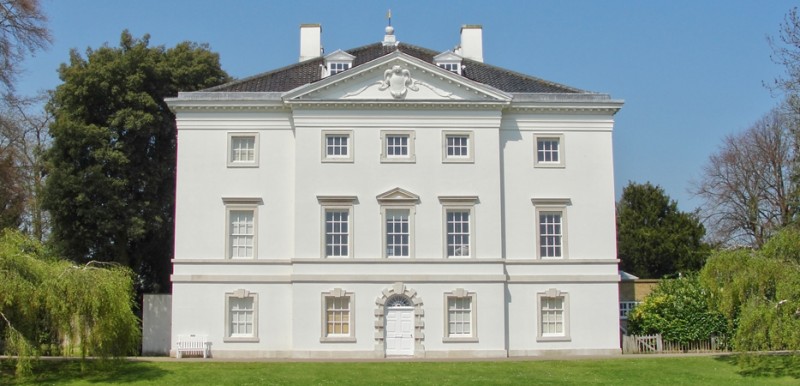 English Heritage, Marble Hill House
English Heritage, Marble Hill House -
 Feltham Library
Feltham Library

